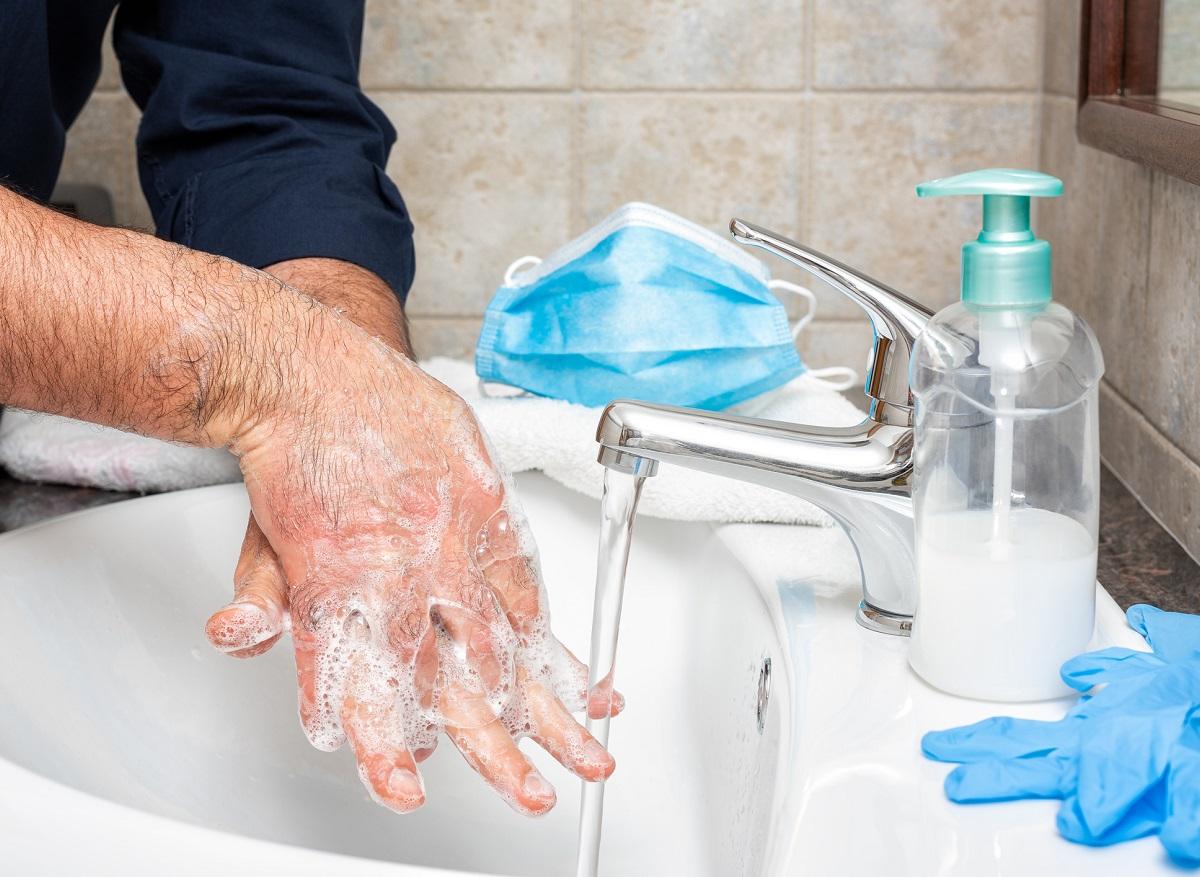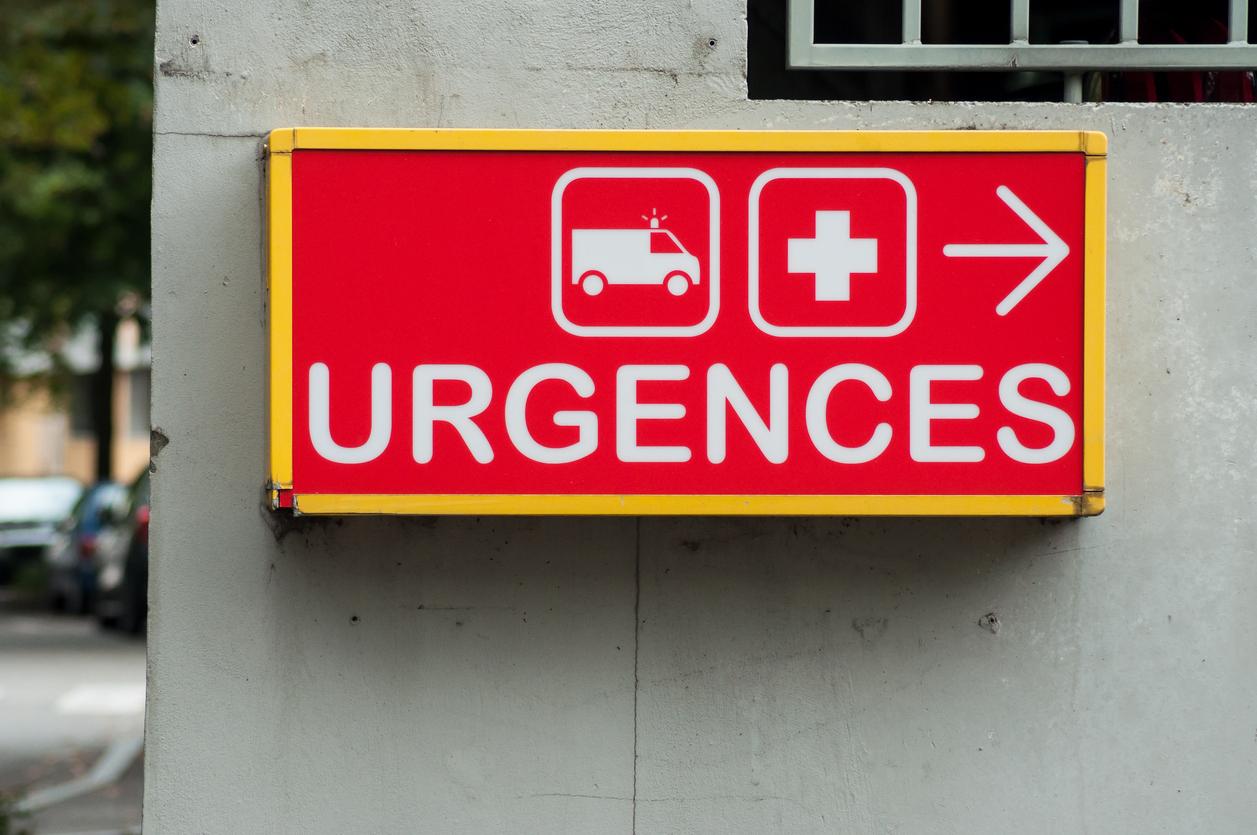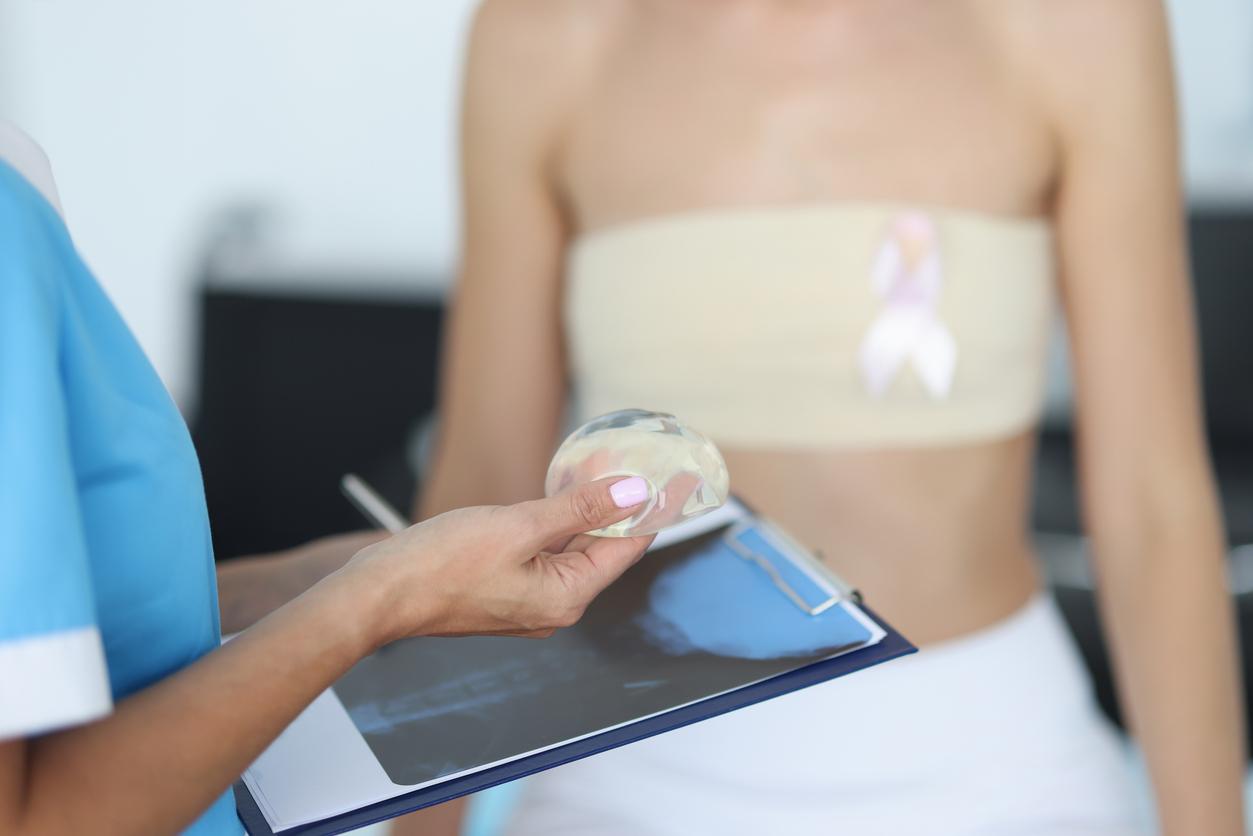One in twenty patients contracts a nosocomial infection in the establishment where they are hospitalized. Since 2002, the law has tended to evolve in favor of victims and to facilitate their compensation. What procedure should you initiate if you are a victim of a nosocomial infection? What proofs to bring? Me Vincent Julé-Parade answers our questions.

Even today, nosocomial infections remain one of the major concerns of the medical profession. According to the national survey on the prevalence of nosocomial infections and anti-infectious treatments in health establishments (ENP) carried out in 2017, one in twenty hospitalized patients is affected by at least one nosocomial infection during their stay in a health establishment, which ‘it is public or private. “It is estimated that 4,200 deaths are linked to nosocomial infections each year,” Doctor Bruno Coignard, head of the infectious diseases department of the French public health agency, told AFP.
What is a nosocomial infection?
Mostly observed in intensive care units (one in four infected patients), where the most vulnerable patients and exposed to invasive devices (catheter, respiratory assistance, urinary catheter) are treated, nosocomial pathologies refer to infections contracted within a health establishment (hospital, clinic, private practice), following treatment. The most frequently implicated microorganisms are the bacteria E.coli (25%), Staphylococcus aureus (19%) and the pyocyanic bacillus (10%).
There are two types of nosocomial infections: infections of an endogenous nature, that is to say those originating from contamination by the patient’s own germs (for example during an intervention) and infections of an exogenous nature, that is to say outside the patient, germs coming from other patients, staff or the external environment (instruments, etc.).
Case law more favorable to victims
Until the entry into force of the law of March 4, 2002 relating to the rights of patients and the quality of the health system, it was up to the victims to establish proof of a fault on the part of the establishment or the professional. health. However, this being complicated to report, it was very difficult for them to initiate legal proceedings.
Today, judicial and administrative case law facilitates the compensation of victims of nosocomial infections since the requirement of fault to engage the responsibility of health establishments has been abandoned. “There is a liability as of right fixed by law”, explains Me Vincent Julé-Parade, whose the practice is dedicated to helping victims of bodily injury.
In other words, as soon as proof of a nosocomial infection is reported, the responsibility of the health establishment is engaged and the latter cannot exempt itself from it even if it proves that it has not committed mistake. Except, specifies Me Julé-Parade, “in case of force majeure, that is to say due to a foreign cause, which is external, unpredictable and irresistible. In fact, this is difficult to report. external for example, it will be necessary for him to prove that any person being carrier of germs, the patient is self-contaminated “. The debate can also relate to the date of contamination. “If the infection starts within 48 hours of the start of hospitalization, the contamination will be considered to have taken place on the hospital site.”
Which procedure to follow?
In order to hope for compensation, a strict procedure must be followed. “The first thing to do is to ask for a copy of his complete medical file”, explains Me Julé-Parade. “This includes the reports of hospitalization, operations, examinations, as well as all the follow-up sheets. It is very important because it is in relation to biological samples, or even in relation to the curve of temperature that we will be able to set a date of contamination. “
The second step consists of approaching an association or a lawyer who can help the patient to orient himself in his procedures. “We must then try to obtain redress: this will require an expertise. An expert will have to decide on the date and origin of the nosocomial infection, as well as on its consequences. From all these elements, will to impose on the care center an obligation of indemnity or not. “
Note that in the event of serious damage resulting from nosocomial infection and resulting in Permanent Impairment of Physical and Psychic Integrity (AIPP) greater than 25%, it is the National Office for Compensation for Medical Accidents (ONIAM ) which compensates the victim under national solidarity. “This therefore means that the establishments are liable for cases of infections contracted during stays within them for cases of medium importance”.
How to obtain redress?
In France, explains Me Julé-Parade, the principle of full compensation prevails: this means that the person responsible for the damage must compensate all the damage and only the damage, without resulting in either impoverishment or enrichment of the victim. However, insists the specialist, “people do not always think of keeping all the supporting documents for the various health costs that they have incurred following the infection: care outside the hospital which has not been fully taken into account. load, but also travel expenses, work stoppages … Hence the importance of keeping all these supporting documents. “
In the event that the healthcare establishment does not dispute its liability, it is also necessary to be “particularly vigilant on the terms of the expertise with regard to the conclusions, as well as the amount proposed by the insurer, the hospital or the ONIAM is in conformity with what the case law allocates “, advises the lawyer.
.

















